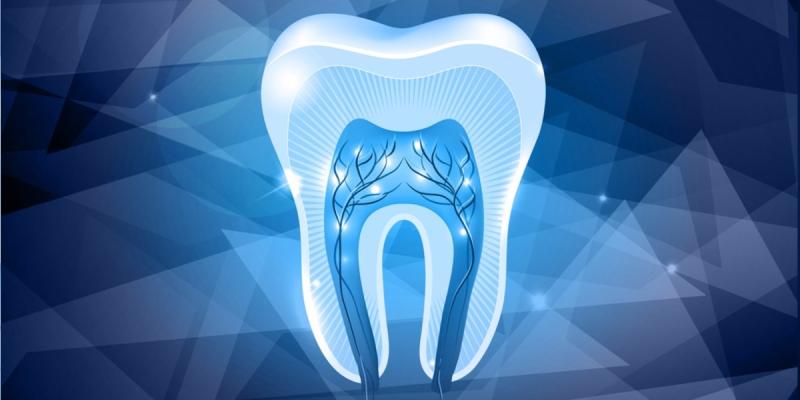Teeth are made up of both soft and hard tissues that work together to perform their function of chewing and breaking down food. The inner pulp contains nerves, blood vessels and connective tissue that nurtures the developing tooth. Surrounding the pulp is dentin, a hard mineralized tissue that makes up the bulk of the tooth. On the outer surface of the dentin lies enamel, the hardest substance in the human body which acts as a protective coating.
Teeth first develop during fetal development through a complex series of interactions between the epithelium and underlying mesenchymal tissues in the jaws. This results in the formation of tooth buds which then differentiate and grow through well-orchestrated signaling pathways into the mature tooth shape over time. After the first set of teeth erupt around six months of age, development of the permanent teeth begins below the gums and continues until late teenage years.
Stem Cell Research Opens New Doors
Scientists have long explored the potential of stem cells to regenerate lost dental tissues. Different types of stem cells like dental pulp stem cells, stem cells from exfoliated deciduous teeth and dental follicle precursor cells have shown encouraging results in regeneration experiments. These contain progenitors that retain the ability to differentiate into odontoblasts, osteoblasts and other cells required for tooth formation.
When transplanted with a scaffold material into an extraction socket or injury site in animals, stem cells have guided the regeneration of dentin-pulp complex structures similar to native teeth. The new tissues demonstrate functional innervation and attachment to surrounding bone, an important metric of success. Controlled signalling is needed to recruit the appropriate stem cell populations and stimulate them to form restored tooth-shaped tissues rather than just disorganized masses.
Challenges in Translating to Clinical Use
While stem cell therapy holds immense promise, there are still challenges to overcome before it can be applied routinely in dental clinics. Long-term safety and stability of regenerated tissues need to be systematically evaluated. Standardized protocols must be established to reproducibly obtain sufficient stem cells of high purity from accessible sources like wisdom teeth or bone marrow.
Precise 3D organization and shaping of newly-formed dental tissues also requires refining. The complexity of reconstructing a periodontal ligament and obtaining an appropriate enamel layer remain difficult hurdles. Immunogenic responses upon transplantation are another concern given that regenerated tissues may not perfectly mimic natural tooth structures. Regulatory approval will depend on addressing such issues through well-designed clinical trials.
Tissue Engineering Strategies for Tooth Replacement
An alternative tissue engineering approach uses biomaterial scaffolds and molecular signaling to guide regeneration. Ceramic or polymer scaffolds can be fabricated in tooth shapes to support stem cell attachment, differentiation and tissue growth. Incorporating growth factors, chemotactic agents or inhibitory cues allows controlling cell recruitment and behavior.
By combining stem cells with biomimetic scaffolds, researchers have engineered rudimentary tooth structures in the lab. Further development aims to generate more anatomically accurate dentin-pulp complexes including biomimetic periodontium and enamel layers. Implanting such engineered tooth constructs in animals has demonstrated favorable tissue integration and maturity over time. New advanced 3D printing techniques may help produce biomimetic scaffolds with precisely defined spatial architectures and compositions similar to real teeth.
Outlook for Tooth Regeneration Therapies
With continued basic and preclinical research, tooth regeneration shows promise to become a viable therapeutic solution within the next decade. Strategies involving stem cells, biomaterials or a combination offer reasonable paths forward. Several startup companies are now actively translating fundamental discoveries into early clinical testing that could finally deliver on the dream of growing new teeth.
While full reconstruction of lost dental tissues poses greater challenges than replacing other organs, step-wise achievements are improving clinical feasibility. If successfully translated, such innovative regenerative treatments could help millions avoid tooth extractions, bridges or implants through restoring their original teeth. With further improvements, the future may even see prevention of tooth decay through biological repair rather than just restoration after damage occurs. Though significant scientific milestones remain, the field of tooth regeneration brings hope for a paradigm shift in oral healthcare.
